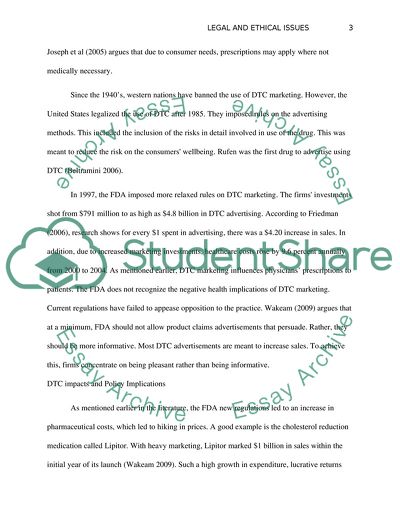Cite this document
(Legal and Ethical Issues in Marketing and Product Safety Essay - 2, n.d.)
Legal and Ethical Issues in Marketing and Product Safety Essay - 2. https://studentshare.org/law/1812045-legal-and-ethical-considerations-in-marketing-product-safety-and-intellectual-property
Legal and Ethical Issues in Marketing and Product Safety Essay - 2. https://studentshare.org/law/1812045-legal-and-ethical-considerations-in-marketing-product-safety-and-intellectual-property
(Legal and Ethical Issues in Marketing and Product Safety Essay - 2)
Legal and Ethical Issues in Marketing and Product Safety Essay - 2. https://studentshare.org/law/1812045-legal-and-ethical-considerations-in-marketing-product-safety-and-intellectual-property.
Legal and Ethical Issues in Marketing and Product Safety Essay - 2. https://studentshare.org/law/1812045-legal-and-ethical-considerations-in-marketing-product-safety-and-intellectual-property.
“Legal and Ethical Issues in Marketing and Product Safety Essay - 2”. https://studentshare.org/law/1812045-legal-and-ethical-considerations-in-marketing-product-safety-and-intellectual-property.


